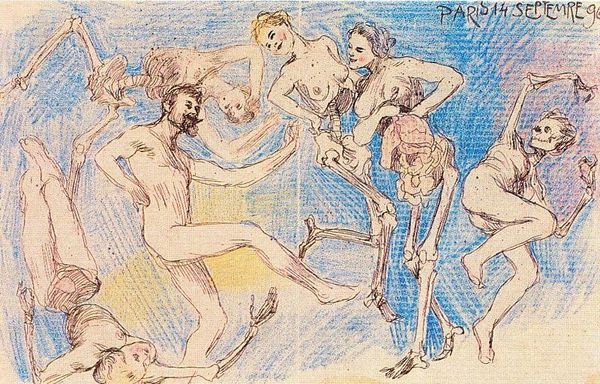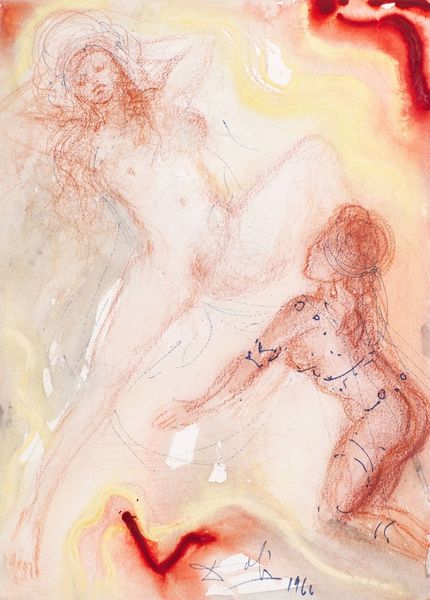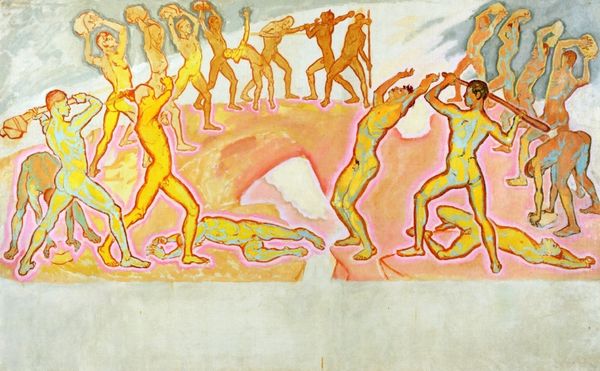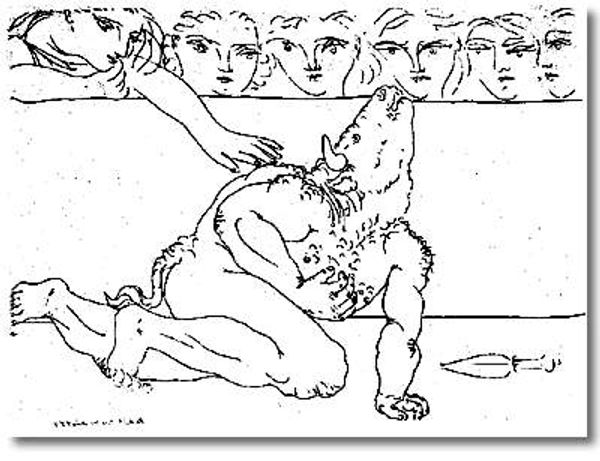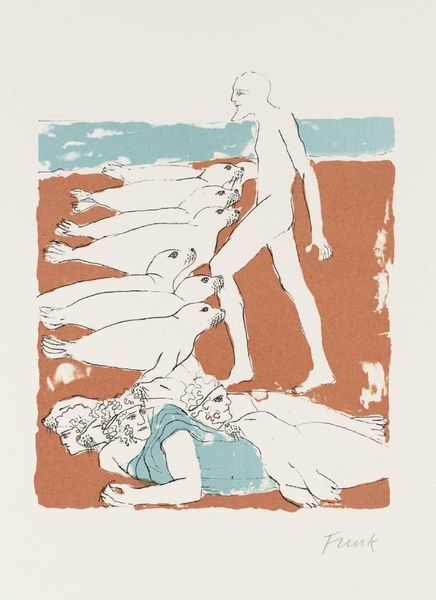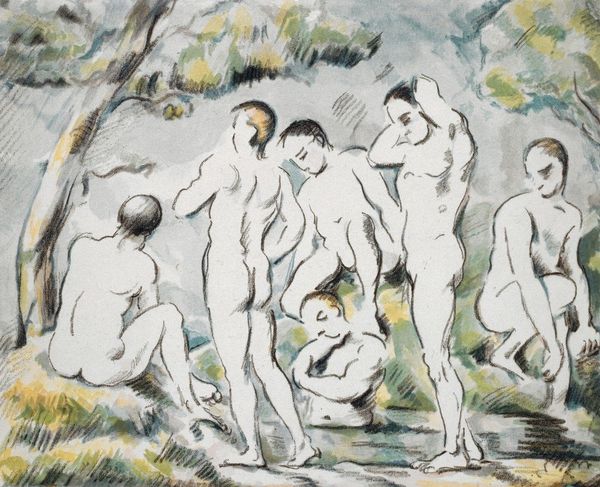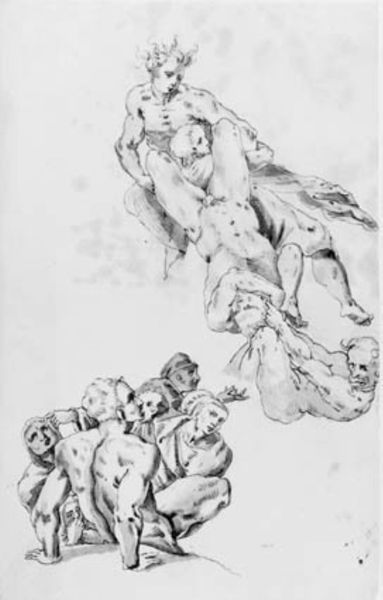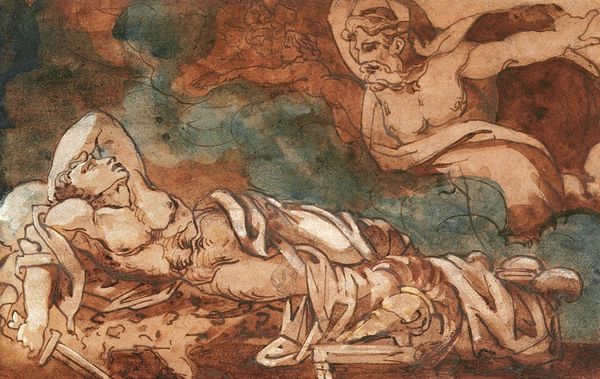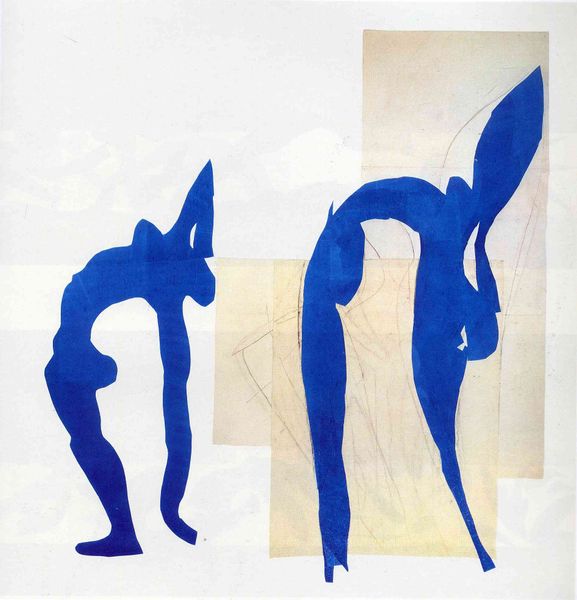
acrylic-paint, impasto
#
contemporary
#
landscape
#
acrylic-paint
#
figuration
#
impasto
#
acrylic on canvas
#
surrealism
#
nude
Copyright: Eric Fischl,Fair Use
Editor: Here we have Eric Fischl's "Untitled" acrylic painting from 2008. The figures are rendered in broad, impasto strokes, almost like ghostly apparitions on a beach. It has a rather unsettling feeling. What do you see in this piece? Curator: Unsettling is a good word for it. These fragmented figures and their facelessness recall early photography, almost like faded memories brought to life—or perhaps not fully brought to life, remaining suspended. Fischl is known for exploring uncomfortable themes around suburban sexuality and hidden desires, and the lack of distinct facial features only enhances the dream-like surreal quality, pushing the viewer to ask: Who are these people, and what relationships bind them? Do you find yourself projecting your own associations onto them? Editor: I think so, yes. The woman’s positioning, for instance, suggests vulnerability but the ambiguity throws me. Why are they on the beach? Why faceless? Curator: The beach itself is a powerful symbol, isn't it? It’s a liminal space—a place of transition between land and sea, conscious and unconscious. Water is commonly used to symbolize unconsciousness and these ghostly beachgoers are forever caught in that ephemeral place between waking and sleeping, recognition and anonymity. The very act of depicting anonymous figures prompts reflection on individual versus collective identity. What emotional impact does this create for you? Editor: It's starting to feel more like a snapshot of a forgotten or repressed moment...almost like something deeply personal yet deliberately obscured. I didn't pick that up at first glance! Curator: Precisely. By cloaking the figures, Fischl amplifies that feeling. We're invited to unravel a narrative of vulnerability, detachment, and memory. Editor: So it's less about seeing and more about feeling the collective memory embedded in the symbol? That's incredibly insightful. Thanks!
Comments
No comments
Be the first to comment and join the conversation on the ultimate creative platform.
